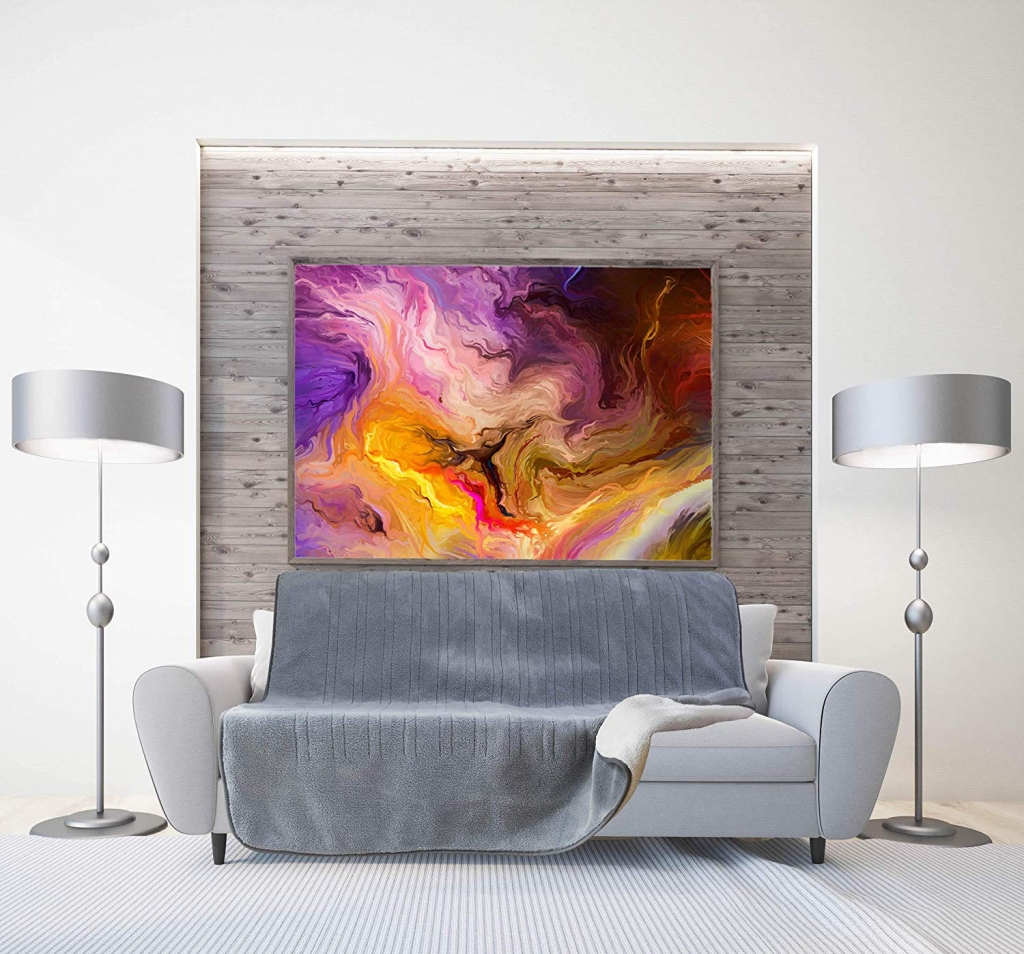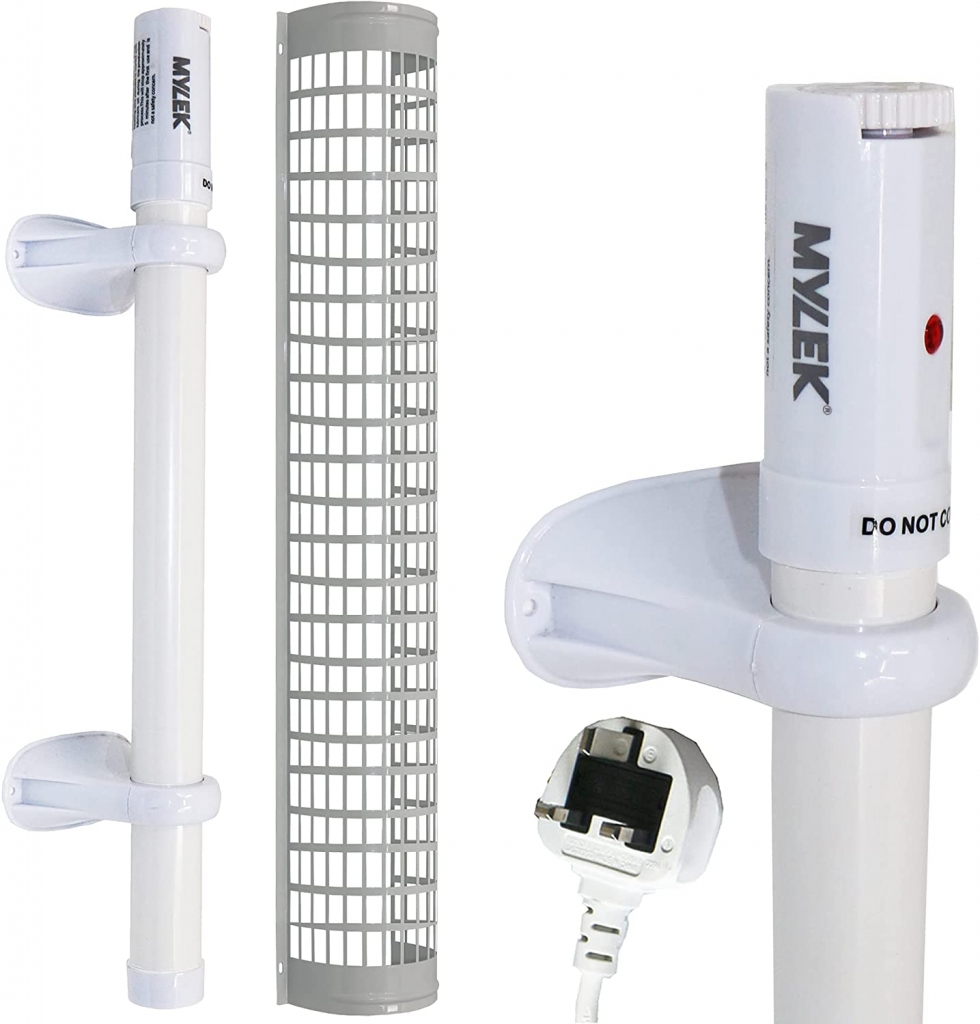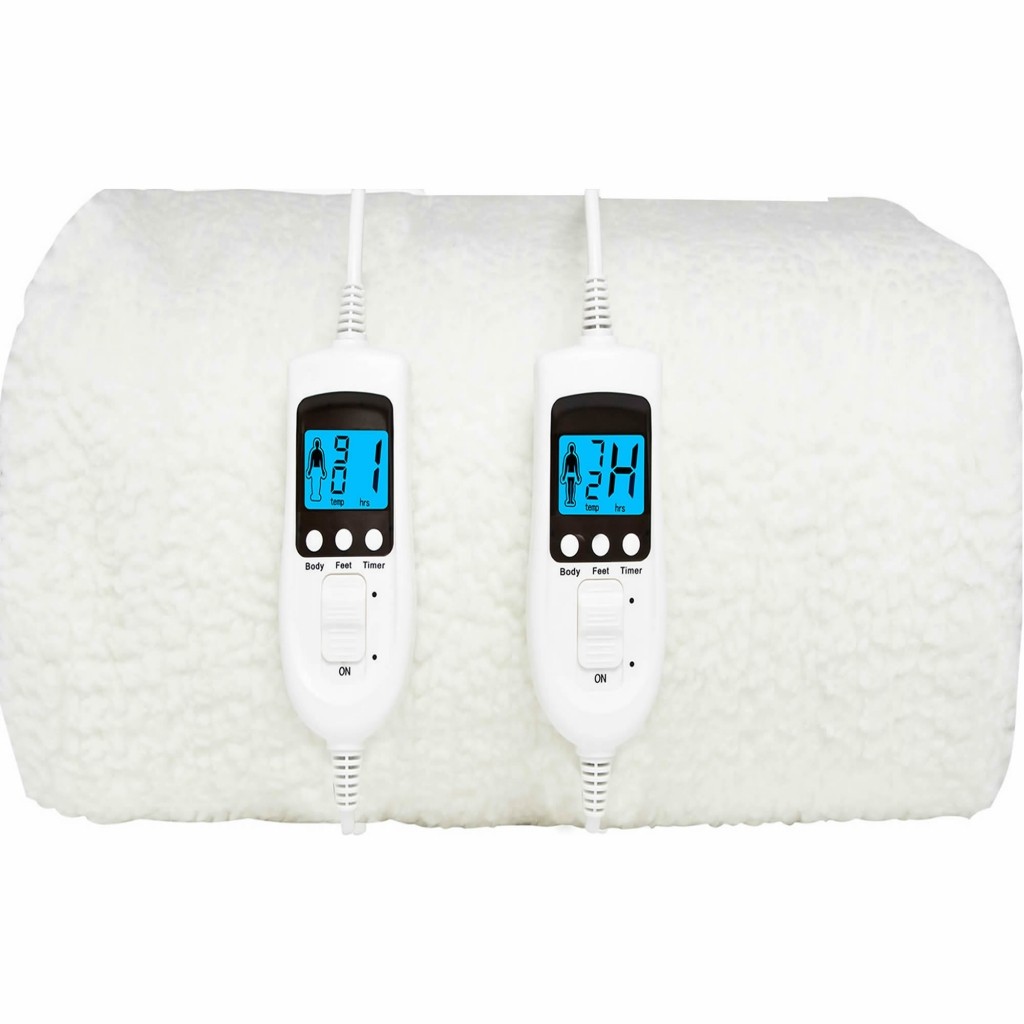
September 28th, 2022 by
Now that the price of energy is so high, it makes sense for all of us to think a bit more carefully about how we heat our homes and consider different ways to stay warm that could reduce bills. The way that we traditionally heat our homes, through gas central heating, can be quite wasteful so finding alternatives that could allow us to rely less on our radiators and reduce our bills but still feel warm enough throughout the winter, is a really good idea.
Here are some products that can be used in conjunction with central heating or even instead of it, to keep costs down.
Items that prevent heat loss
It’s bad enough that we have to pay huge amounts of money to heat our homes but a tragedy that much of that heat is then lost; you may as well just throw money out of the window! While there are large-scale upgrades you can undertake, such as cavity wall and loft insulation and new windows and doors, these are expensive. However, there are various products and practices that can reduce heat loss quite well. These include draught excluders on doors, thicker curtains that hang to floor level, sealing up letterboxes and replacing them with an external box for posts, and chimney balloons for chimneys not in use. Good practices such as keeping internal doors closed and closing curtains and blinds as soon as it gets dark will also help.
Heated Blankets and throws
When you think about it logically, it makes much more sense to heat just people rather than all the air in the whole house. Convection heating, which is how central heating works, heats the air which then circulates around the room and warms everyone and everything in it, but it takes an awful lot of energy to do that. If you are sitting watching TV, or even working at home during the day, it makes much more sense to apply heat directly to you by using a blanket or throw. You can then turn the radiator down to just take the chill from the air. If you want more heat without the restriction of an electric blanket a heated throw is a great product and costs very little to run, as it can be used on beds, sofas, or as a wrap-around. You can even buy ‘wearable’ heated items such as a heated cape or a heated foot warmer. Due to their low energy usage as most throws and electric blankets use as little as 100w, even with the increasing price they still cost as little as 5p per hour to run.
Electric blankets
Electric blankets are great for keeping you warm in bed and can allow you to turn the heat right down, or even off entirely, in your bedroom. After all, other than teenagers, most people tend to only go to their bedrooms when it’s time for bed. Because most electric blankets have a timer function, you can set it to come on in advance of your bedtime to ensure that the bed is already warm when you get in. You can also set it to turn off after a fixed time as few people need it on all night. Electric blankets, like heated throws, cost just pennies to run so rather than wasting expensive heat that you don’t use, you can create low-cost heat that you get direct benefit from.
Tubular heaters
While heated blankets and throws will certainly keep you warm, a house will benefit from some ambient heat too to prevent it from feeling damp and musty. You can get around this by keeping the central heating on low, or if you would rather turn the heating off completely, use something like a tubular heater which just emits very low-level background heat, and is designed specifically with the purpose of warding off damp.
Electric heaters
Plug-in electric heaters are often thought of as something to use in an emergency, for example, if the boiler has broken down, or in rooms where it’s hard to add radiators such as conservatories or loft conversions. They’re also considered expensive to run. That may have been the case several years ago, but modern electric heaters are very energy efficient (especially Lot 20 compliant ones). So much so that they actually represent a viable alternative to central heating, as they have other benefits such as being able to use them differently in different rooms and features such as open window detection and smart technology.
Comments
Leave a reply
Your e-mail address will not be published. All fields are required


